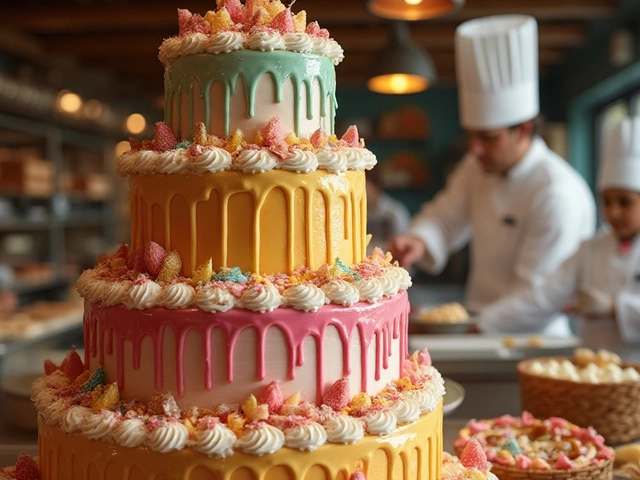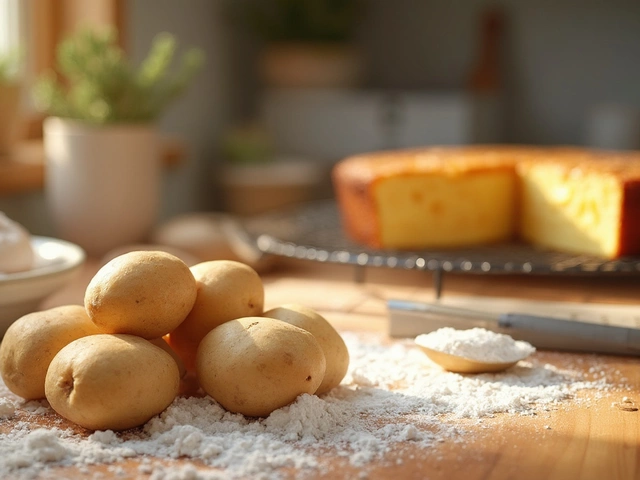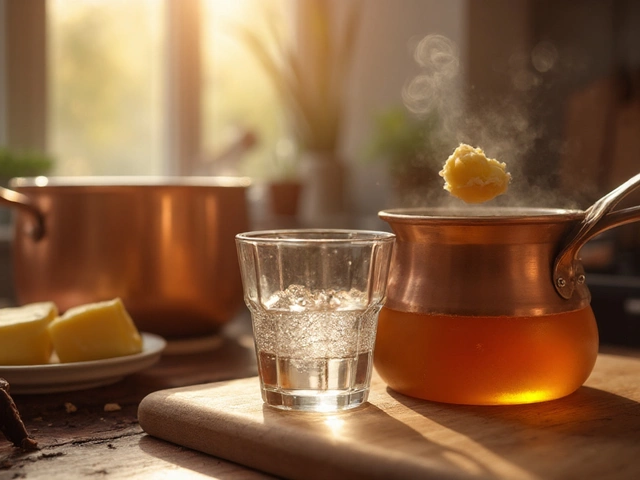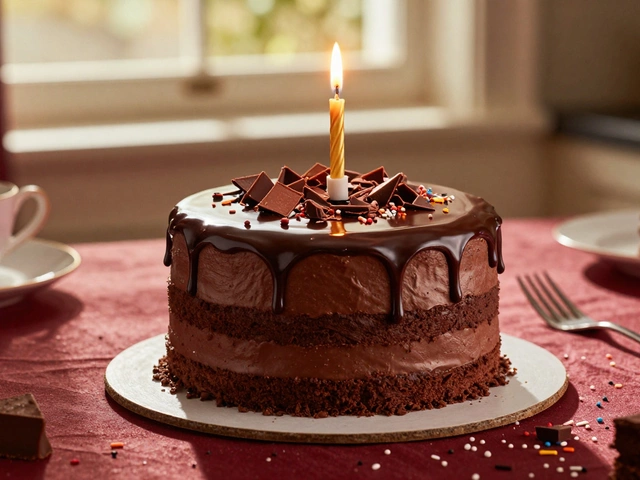Candy Making Tips & Tricks for Sweet Success
Want to turn your kitchen into a candy lab without the guesswork? You’re in the right spot. Below you’ll find straight‑forward advice that lets you make smooth fudge, skip grainy disasters, and whip up a few other classic sweets. All the tricks are explained in plain language, so you can start right away.
Master the Fudge Basics
The first step to perfect fudge is getting the temperature right. Aim for the soft‑ball stage, which sits between 235°F and 240°F (112°C‑115°C). Use a candy thermometer and watch the dial; once you hit that range, you’re on track for creamy fudge.
If your fudge ends up grainy, it’s usually because you boiled it too long or didn’t stir at the right moment. Boiling past the soft‑ball stage pushes the sugar into the hard‑ball range, turning the mixture rock‑hard. To rescue a batch that’s gone too far, add a splash of milk and keep stirring over low heat until the texture smooths out.
Altitude matters, too. For every 1,000 feet above sea level, lower the target temperature by about 2°F (1°C). That small tweak prevents the fudge from setting too firm on mountain tops.
Once you reach the correct temperature, let the pot sit for a minute, then stir vigorously until the mixture thickens and loses its shine. That’s the moment the crystals form the right way, giving you that melt‑in‑your‑mouth feel.
Other Easy Candy Ideas
Fudge isn’t the only candy you can master quickly. Simple sugar‑based treats like caramel or brittle need only a few extra steps. For caramel, heat sugar until it turns amber, then whisk in butter and cream. Keep the heat medium‑low and stir constantly to avoid burning.
Brittle is just toasted nuts and sugar. Melt sugar with a little water, then add your favorite nuts once the syrup reaches the hard‑crack stage (around 300°F/149°C). Spread the mix on a greased sheet and let it cool – you’ll have a crunchy snack in minutes.
Remember to prep your workspace before you start. Have a silicone mat or parchment ready, grease your pan lightly, and keep a bowl of ice water nearby for quick temperature checks.
Cleaning up is easier when you soak pots right after use. Sugar hardens fast, so a soak prevents stubborn residue.
With these basics, you can experiment confidence‑free. Try adding chocolate chips to fudge, swapping vanilla for espresso, or tossing sea salt on brittle for a sweet‑salty twist. Each variation builds on the same core steps, so you’ll never feel lost.
Whether you’re making candy for a party or just treating yourself, the key is to keep the process simple and watch the temperature. Follow the steps, adjust for altitude if needed, and you’ll be pulling smooth, glossy sweets out of the pot in no time.
Now grab your thermometer, heat the sugar, and enjoy the sweet results of your own candy making adventure.

Why Is Fudge So Hard to Make? Secrets, Science, and Tips for Perfect Homemade Fudge
Ever wondered why fudge turns gritty or weirdly gooey? This deep-dive unpacks the real reasons fudge is tricky and shows how to master it in your own kitchen.
View More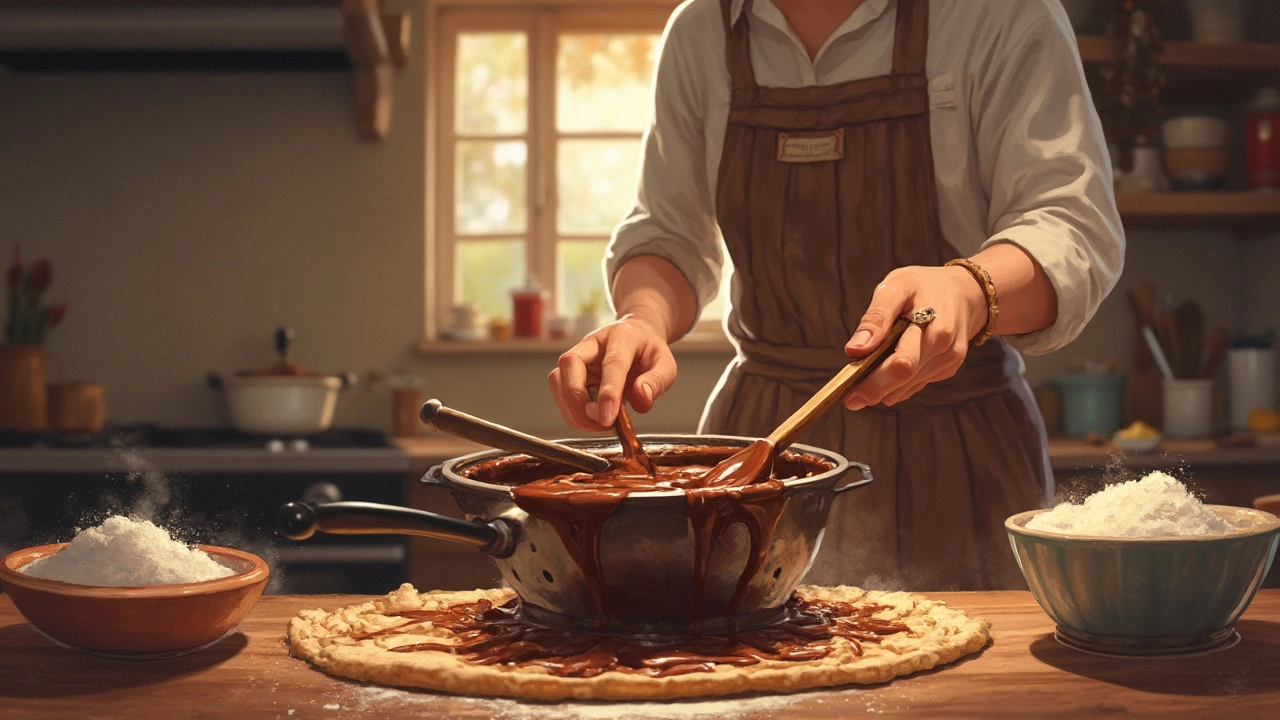
How to Keep Fudge from Turning Sugary: The No-Fuss Guide
Nobody wants gritty fudge, but getting that perfectly smooth bite can be tricky. This article explains why fudge gets sugary, how to avoid it, and what really works in the kitchen. Discover proven tips and key mistakes people make. Finally, learn what to do if your fudge still sugars up, so you don’t have to toss the whole batch.
View More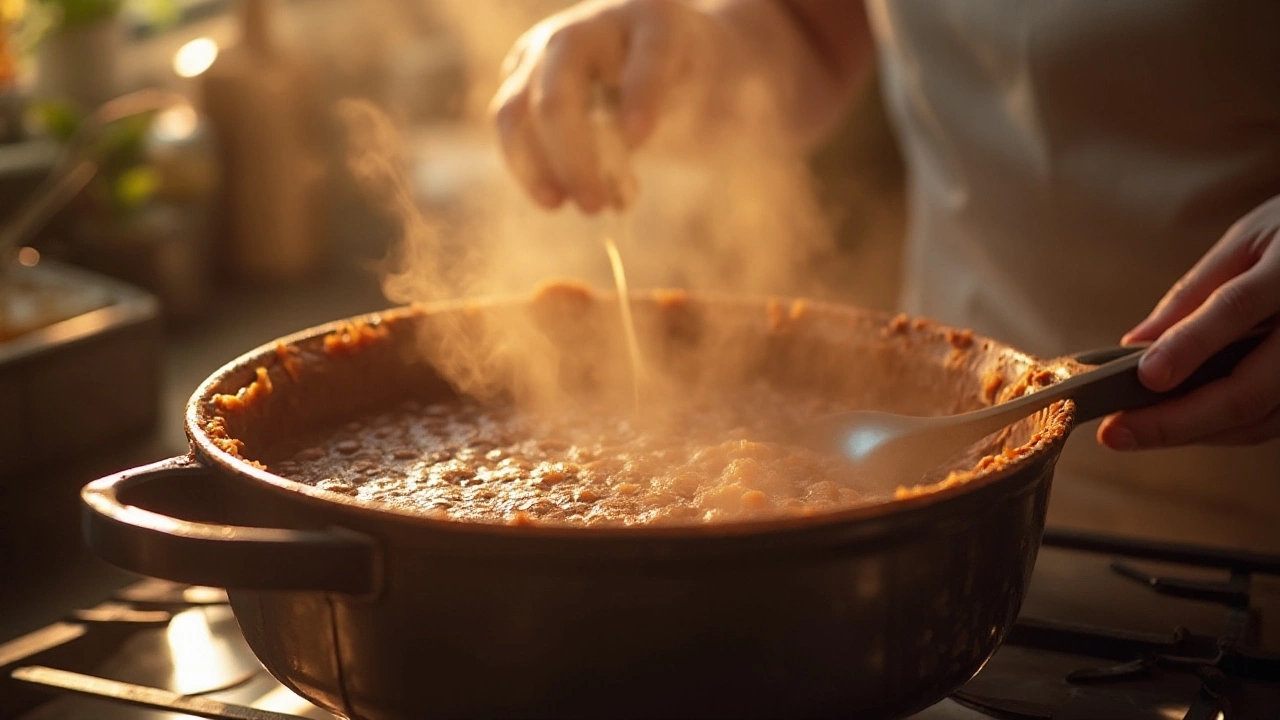
The Perils of Stirring Fudge Too Early and How to Avoid Them
Stirring fudge too early during the cooking process can significantly affect its texture, leading to a grainy or crystallized finish. Understanding the science behind this common mistake and learning how to properly make fudge can ensure a silky, smooth outcome every time. Discover the critical moments of fudge making and employ expert tips to perfect this sweet concoction and impress at any occasion.
View More
